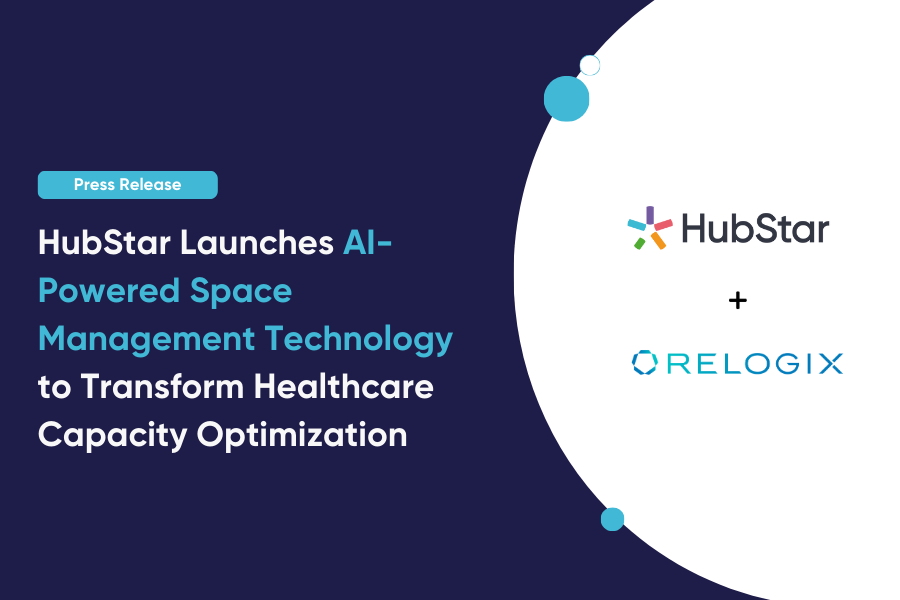Understanding space utilization in campus real estate | Q&A with Luke McCrone

Luke McCrone is a PHD student at the Centre for Higher Education Research and Scholarship (CHERS) at Imperial College in London. Luke is currently exploring how undergraduate students perceive and engage with physical space and curriculum at Imperial College London. He is particularly interested in how students experience the transition between formal and informal learning spaces.Luke has keen interests in how an authentic student perspective can inform the design and management of learning space utilization in campus to improve the educational and economic potential of the estate.
In a Q&A blog series of two, we will share his views on the value of space utilization data for universities.

What is your involvement with Imperial and what do you love about your current role?
‘I started at Imperial as an undergraduate student and that was in the earth sciences, which is a very different field to what I’m doing now. But following that Bachelors- and then master’s degree, I got elected into a full-time sabbatical role where I represented all students at the college on education related matters. And it was through that role that I worked quite closely with the College on developing the Learning and Teaching strategy.’
‘This strategy wanted to completely change our approach in how we educate and learn at the institution. I was so passionate about that year, and so hopeful of this strategy, that through that I accepted a PhD which was funded by the strategy. That’s exactly what I’m doing now.’.
Can you elaborate on that strategy?
‘There are 3 main pillars of this strategy. Firstly, Imperial is an institution that, like many UK-based institutions, wants to move more towards active learning. They want to move away from the didactic transmission of information, the traditional lecture to something which is more collaborative and interactive. Secondly to help students develop more of the social skills required to communicate information and knowledge. So, I’d say the active learning aspect is a really big part of it.’
‘Imperial wants to become more research-based in the way they educate. That means two things. Firstly, teaching research, which is really important. And the second aspect of that is exactly what I’m doing and that is researching how we educate and researching how we design the educational experience. So more of a research-evidenced education.’
‘The ultimate reason why we’re doing that is because we want to improve the student experience. That has always been my preoccupation. That is the bottom line of what we’re talking about here. Utilizing estate correctly and introducing new ways of education are all nice, but my main preoccupation is improving the student experience and better preparing students for whatever future they decide to pursue.’
“The availability of space utilization data through Lone Rooftop (now HubStar) was a huge incentive for me to take on this area of research.”, explains Luke McCrone, PhD Student at Imperial College
Why did you get involved in researching learning space? Why do you feel it is important?
‘I’ve always had a keen interest in shifting the attitude to learning from something purely classroom-based to something that can be accessed any place anywhere by students. Our accessibility to technology and the internet has accelerated the possibilities for interaction and information access. Imperial College is therefore beginning to change the way it engages students with greater emphasis on interaction and active learning.
In conjunction with valuable input from my PhD supervisor, I realized that physical space and curriculum are key enablers of these changes in learning behavior and therefore I have decided to dedicate my research to this area.’
‘The availability of space utilization data through Lone Rooftop was a huge incentive for me to take on this area of research. Because my supervisor and I saw huge opportunity in being able to use this data set in informing how we ultimately execute this educational strategy. And a better use of our estate.’

What are the goals you want to achieve with your PHD research?
‘In terms of goals for my PhD, they’re forming more and more, firstly I think that the institutional estate can be used more efficiently and effectively than it currently is. And I think there also needs to be consideration of how teaching and learning is changing and how the estate needs to change in response to that.’
‘I would very much like to better understand how both formal and informal spaces are changing in their significance with a move towards active learning, and hence how we can better design and manage the campus of the future.’
Where does data for space utilization in campus fit in?
‘There’s two categories I see. The first one is what you guys as a company probably set out to do initially and that is to improve space utilization in campus, to provide actual occupancy records as opposed to apparent occupancy records, based on timetabling information which is what institutions have gone by for the last few decades. That is incredibly powerful in itself.’
‘The other category is more the stuff that we’ve been thinking about. And that’s where it can actually inform educational research. And my supervisor and I think this is very powerful. The reason for this is that many of the traditional research methods in social science all provide detailed snapshots of behavioral phenomena. In my case within space at a certain time. And you’ll be able to capture that data across the period of an hour. But everything outside of that, is very difficult to capture because I can’t go sit in a space for 12 hours a day, I have human limitations!’
‘Occupancy data is opening up a chasm of possibility:it is 24/7 around the clock monitoring, it is automated, which means that I haven’t got to do anything, and it provides big data records which I am able to sift through to take those snapshots which I’ve ascertained through observation and interviews. I can test hypotheses across weeks to months of data. With much more of a broader helicopter view of let’s say year-group level occupancy. As opposed to individual, small group occupancy. Informal transitional space and adjacent formal lecture occupancy data provide evidence that students engage in transitions between timetabled and non-timetabled space. Observation confirms the presence of active learning behaviors in these transitional spaces, an interesting finding given the institution’s strategic intention to adopt more active learning. Occupancy data have therefore been instrumental in arriving at this finding.’
We will dive deeper into Luke’s view on the campus of the future and the potential of space utilization data in part two of this blog series. Let us know your thoughts on this first article via Luke McCrone or Daan Wonnink.



